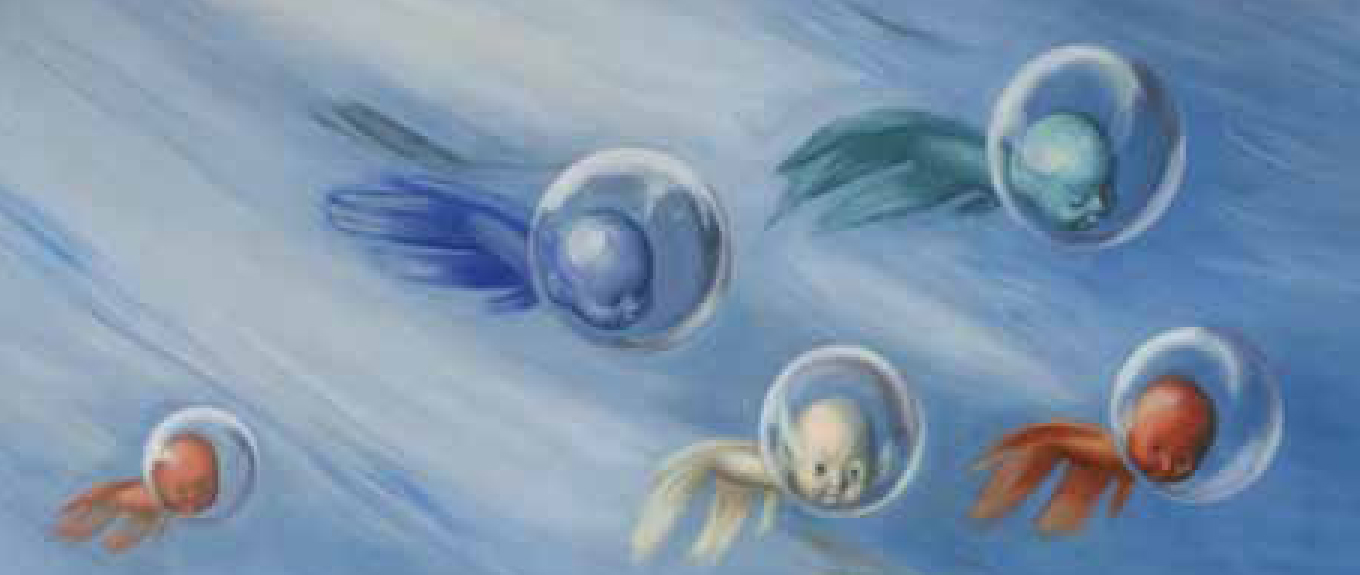
And indeed I thought it was as I set off to the press preview at the 2-yearly contemporary art show last week. If I found little of relevance to readers, I decided, I could always hark back to past masters such as George Stubbs who dissected horses to learn about their anatomy before painting exquisite equestrian works. Or more recently Damian Hirst who, along with his assistants in his Gloucestershire art factory, bisected cows before plunging them into tanks of formaldehyde.
But I couldn't have been more wrong. Animals, wild and domestic, swarm the collective psyche of many of this year's artists. Often they use animals to explore human civilization in crisis and our place in the world. In the Danish pavilion is Taryn Simon's photograph of a captive white tiger called Kenny. In the USA these strange beasts are bred for their white and black fur, pink noses and blue eyes. Kenny has these desirable traits but as a consequence of inbreeding is also mentally retarded, physically disabled and cannot breathe comfortably. Simon's photo seems to challenge just how clever we are.
In the Central Pavilion of the Giardini, one of the two main Biennale sites, hundreds of stuffed pigeons are poised, by artist Maurizio Cattelan, on steel girders and air-conditioning ducts above the galleries. In the first room they swarm, taxidermically speaking, above three original Tintoretto masterpieces on loan from Venice's Gallerie dell'Academia. The potential threat of them pooing on these incredible paintings (one of which is The Creation of the Animals) is a reminder of our tenuous control of the world around us. The pigeons, and the rest of the natural world, are waiting on the sidelines to move in when or if society fails.
Once past the entrance of one of the official collateral events at the Palazzo Grassi with Jeff Koon's large Balloon Dog in magenta chrome, there is a wealth of interesting material. An unsettling piece by Yang Jiechang Stranger than paradise is in the tradition of Chinese painted silk screens. But Yang Jiechang has twisted the usual study of natural beauty into one of an unnatural order. Amidst a forest of dead gnarled trees beautifully painted figures — animal and human — are engaged in acts of cross-species coupling worthy of a scene from Sodom and Gomorrah. On a more optimistic note is David Claerbout's study — music accompanies a slide show of superb photos of men in Algiers playing football and a seagull who interrupts their game. Powerful black and white shots record a single moment of their joy at the great bird and its boldness in making contact with them.
Organic structures abound in the exhibits, including Contamination — the wonderful three-storey textile piece in the Palazzo Grassi by Joana Vasconcelos; and Nicholas Hlobo's huge dragon-like structure made from what appear to be stitched rubber inner tubes with red ribbons dripping like blood from wounds. And the superb bamboo structure Big Bambu that rises 50 feet next door to the Peggy Guggenheim Museum. It is described as ‘a living growing organism of bamboo, rope and the crew of rock climbers that build it from within’. Visitors walk up a surprisingly secure walkway (once they have signed their lives away in a disclaimer) to a hippyish platform with cushions and bamboo-obscured views of the Grand Canal. It is like walking up the inside of a giant snail shell.
Then there are the many exhibitions in Venice that piggy-back on the Biennale event without being officially involved. ‘Un'idea Di Mare’ shows works by six artists each of whom collaborated with a marine biologist to explore the oceanic global commons. The pairing of artist with scientist is an old trick, but our failing relationship with the flora and fauna of the ocean is ever more urgent. Of particular note here are the strangely beguiling works of Fulvia Zambon, in which she features her relationship with her pet betta fish (see picture). These strange panels somehow have a quality of Sigmund Freud meets Piero della Francesca at the bottom of the sea.
And so I stand corrected: all of these artists and many others communicate an urgency in our relationship with the natural world.
